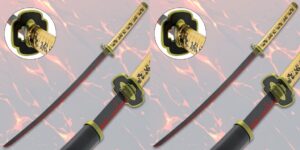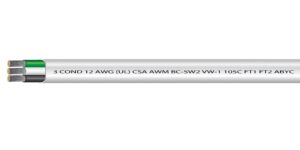
One of the common queries on the web (related to machining, at least) is “What is the difference between a spot drill and a center drill?”
Since these types of drills are used for similar applications (but not the same) some explanation is warranted.
Let’s take a look at these two different types of drills.
What Is a Spot Drill?
A spot drill has effectively one unique purpose for which it is specifically designed: spotting (also known as spot drilling).
Spotting or spot drilling is the practice of creating a precise, accurate bore spot to serve as a “guide” for the drills and mills subsequently used in metalworking.
Unlike drill bits used on wood (and some other materials) the drills used in metalworking do not have sharp tips that bite into the workpiece. This can cause them to deflect or walk over the workpiece when applied to it, or worse, to break.
Spotting creates a depression in the workpiece that helps minimize these issues. These stubby little drills are perfect for this application, and this application only (Some enterprising operators might also find spot drills useful for chamfering or countersinking, but others recommend against it).
What Is a Center Drill? (and What Is It Used for?)
Center drills, which are also known as combined drills, generally have a thick shank, a narrow pilot point, and a broad countersink. These specialized bits are used to center holes for future machining applications. Specifically, center drills are properly used to create a seating area for the live center of a lathe or cylindrical grinder.
Center drills typically feature countersink angles of either 60°, 82°, or 90°, which are suitable for different applications. When the pilot drill encounters the workpiece, it serves as a guide for the countersink which widens the hole at the appropriate angle.
This creates a “live center” which is used when a workpiece needs support from two sides, such as on a lathe. The live center’s angle and diameter must match the lathe center to which it is paired.
Center drills should not be used for spotting applications because center drills’ pilot tips typically have narrower point angles than jobber drills that are used in subsequent machining operations. This narrower angle can cause other drill bits to snap when their tips contact the workpiece; using center drills as spot drills can also result in a lower-quality finished workpiece even if tool life is not adversely affected.
Where Can You Get Solid-Carbide Spot Drills?
Ultimately, it is not advisable to use a spot drill for anything but spotting, nor is it wise to use a center drill for spotting. These specialized cutting implements should be reserved for the purposes for which they are designed.
Either way, if you’re looking for either spot or center drills, Online Carbide carries American-made, solid-carbide options for both, in addition to thread mills, standard and variable end mills, chamfer mills, stub drills, and jobber drills.
Take a look through their collection of carbide drills and get in touch with them at Sales@OnlineCarbide.com if you have any questions.


